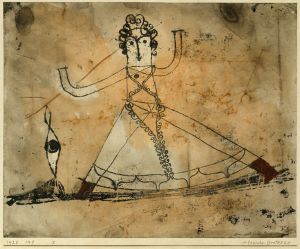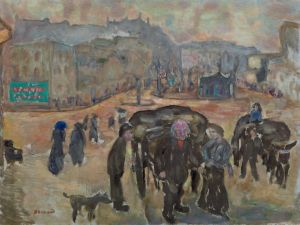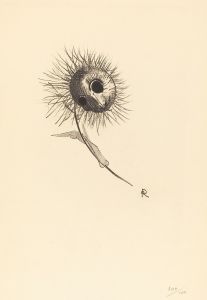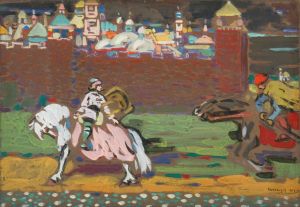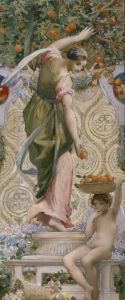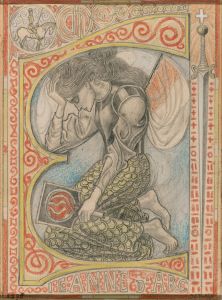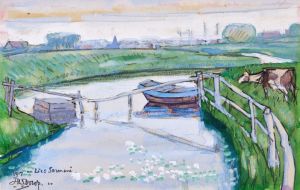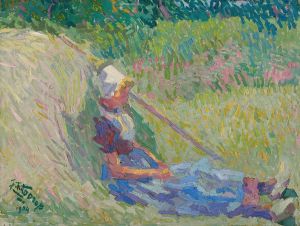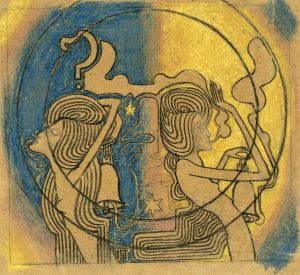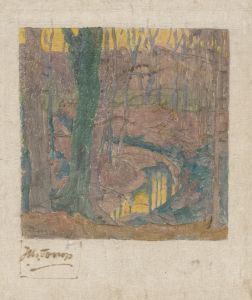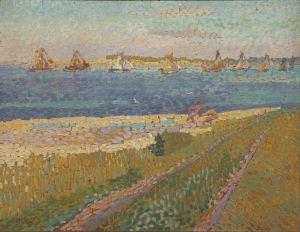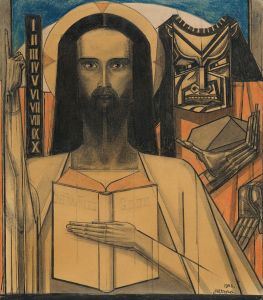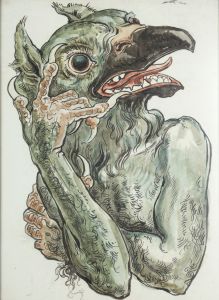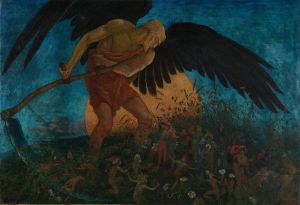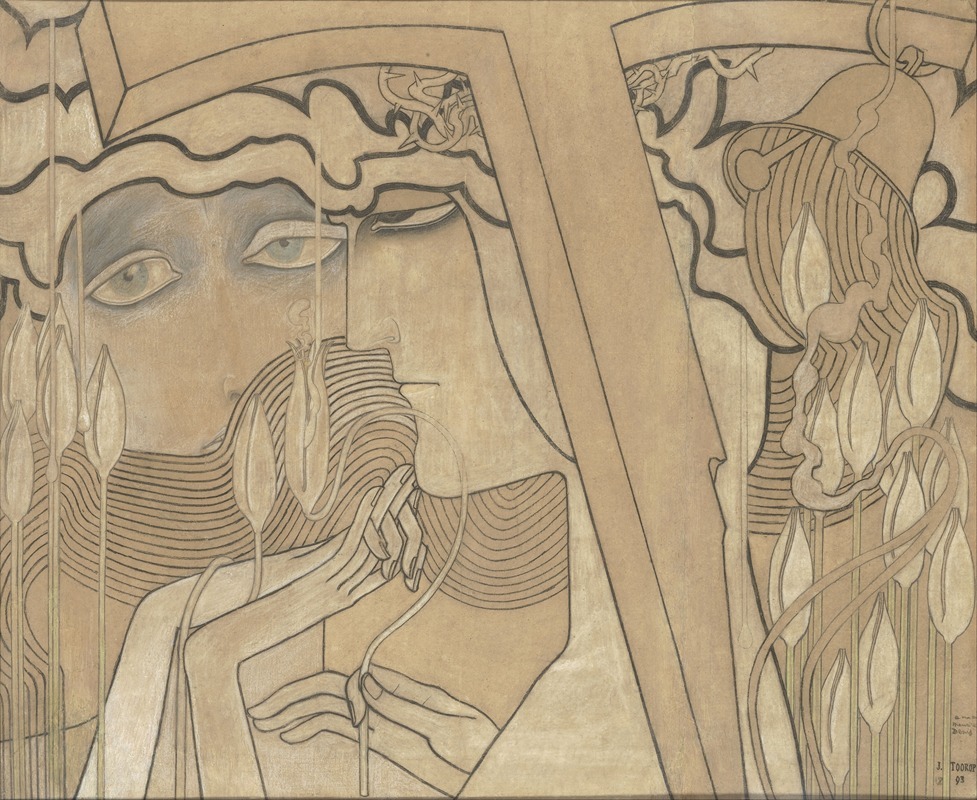
Desire and Satisfaction
A hand-painted replica of Jan Toorop’s masterpiece Desire and Satisfaction, meticulously crafted by professional artists to capture the true essence of the original. Each piece is created with museum-quality canvas and rare mineral pigments, carefully painted by experienced artists with delicate brushstrokes and rich, layered colors to perfectly recreate the texture of the original artwork. Unlike machine-printed reproductions, this hand-painted version brings the painting to life, infused with the artist’s emotions and skill in every stroke. Whether for personal collection or home decoration, it instantly elevates the artistic atmosphere of any space.
Jan Toorop was a Dutch-Indonesian painter known for his Symbolist works, and "Desire and Satisfaction" is one of his notable paintings. Born in 1858 in Purworejo, Java, Toorop moved to the Netherlands at a young age and became a prominent figure in the European art scene during the late 19th and early 20th centuries. His work is characterized by a unique blend of Symbolism, Art Nouveau, and Pointillism, reflecting his diverse cultural background and the various artistic movements he encountered throughout his career.
"Desire and Satisfaction" was created during a period when Toorop was deeply influenced by Symbolism, a movement that sought to express the metaphysical and the mystical through art. Symbolist artists often used symbolic imagery to convey emotions, ideas, and states of mind, and Toorop was no exception. His work frequently explored themes of spirituality, human emotion, and the dualities of existence.
In "Desire and Satisfaction," Toorop employs a style that is both intricate and expressive. The painting is known for its detailed line work and the use of flowing, organic forms, which are hallmarks of Toorop's Symbolist phase. The composition likely features figures and motifs that represent the concepts of desire and satisfaction, though the specific imagery and symbolism used in the painting are open to interpretation. This openness is a common trait in Symbolist art, where the meaning is often left to the viewer's imagination.
Toorop's use of color and form in "Desire and Satisfaction" reflects his interest in the emotional and psychological aspects of human experience. The painting may use contrasting colors and dynamic lines to create a sense of tension and resolution, mirroring the dual themes suggested by the title. This approach is typical of Toorop's work during this period, where he sought to capture the complexity of human emotions and the interplay between different states of being.
Throughout his career, Toorop was influenced by a variety of artistic movements and styles. He was associated with the Hague School early in his career, which emphasized realism and naturalism. However, his later work, including "Desire and Satisfaction," shows a clear shift towards Symbolism and Art Nouveau. This transition was partly inspired by his interactions with other artists and intellectuals in Europe, as well as his own personal explorations of spirituality and philosophy.
Jan Toorop's contributions to the art world extend beyond his paintings. He was also a key figure in the development of Art Nouveau in the Netherlands and played a significant role in the dissemination of Symbolist ideas across Europe. His work has been exhibited in major galleries and museums, and he remains an influential figure in the history of modern art.
"Desire and Satisfaction" exemplifies Toorop's ability to blend different artistic influences into a cohesive and thought-provoking work. While specific details about the painting's creation and its current location may not be widely documented, its significance lies in its representation of Toorop's artistic vision and the broader Symbolist movement.





